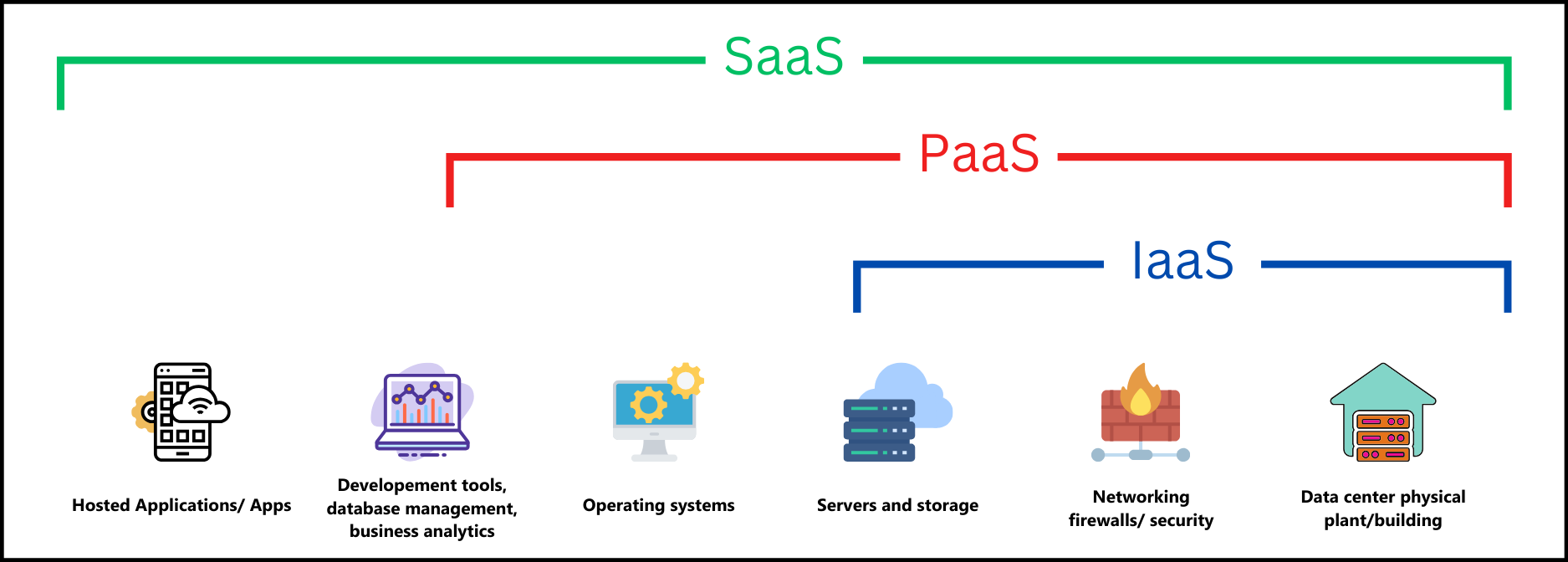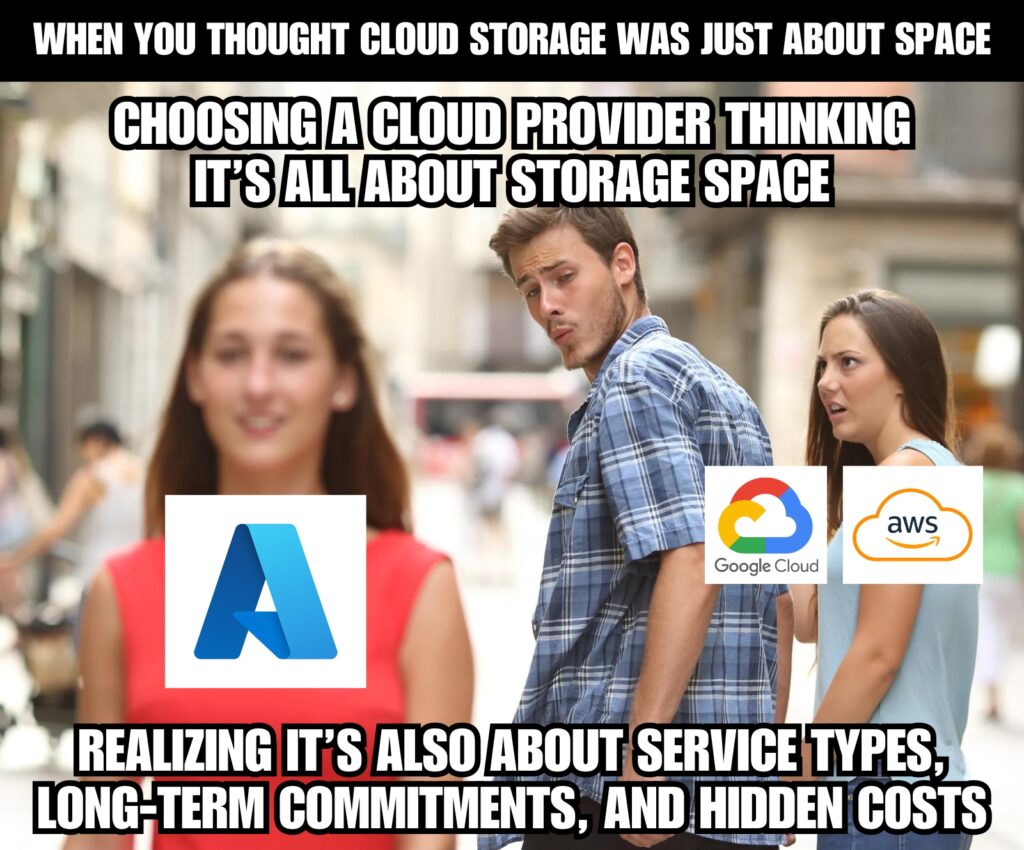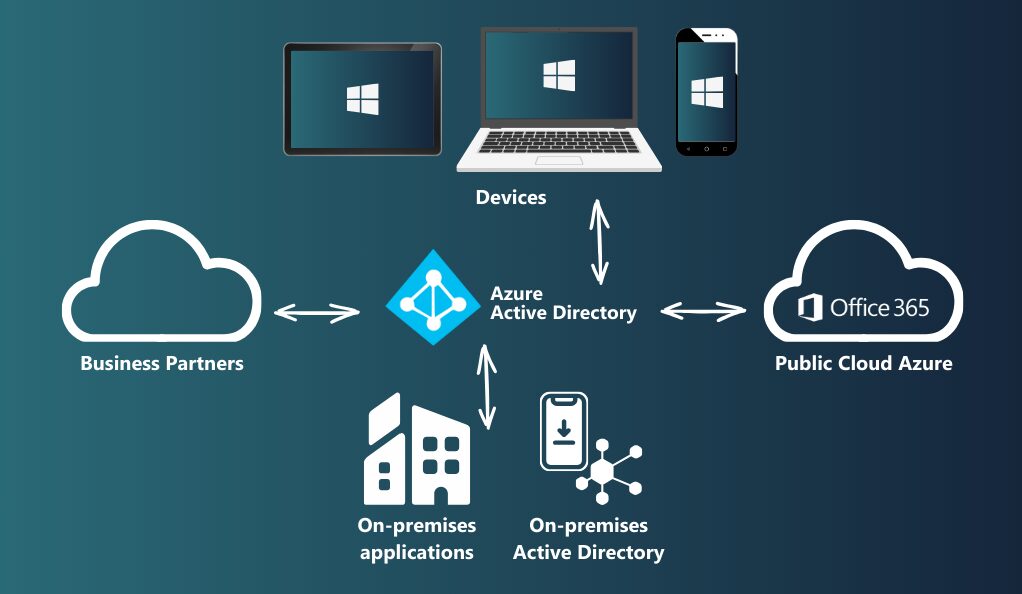Comprehensive Guide to Microsoft Azure: Cloud Computing Redefined
Microsoft Azure is a comprehensive cloud platform offering a range of services for building, deploying, and managing applications across a global network of Microsoft-managed data centers. It’s adaptable, scalable, and essential in today’s digital world.
Brief Overview of Microsoft Azure
Microsoft Azure is a powerful cloud computing service created by Microsoft. It offers a wide range of services, including the ability to build, deploy, and manage applications through Microsoft’s global network of data centers. Azure provides flexibility and choices in the services you can use, making it suitable for many different types of businesses and applications.
Importance of Cloud Computing in Today’s Digital Landscape
In the current era, cloud computing has become crucial. It is the backbone that supports many of the services we use daily, from email to data storage and complex enterprise applications. The cloud offers businesses and individuals a way to access vast computing resources and data storage capabilities without the need for significant upfront investments in hardware. This flexibility and scalability have transformed how we work, collaborate, and store information, making cloud services like Microsoft Azure essential in the modern digital world.

Understanding Microsoft Azure
Microsoft Azure is more than just a cloud platform. It’s a comprehensive suite of services that enables businesses and individuals to innovate, operate more efficiently, and adapt to changing needs. At its core, Azure is designed to provide a broad range of cloud services, from simple web hosting to complex machine learning algorithms. It’s a dynamic and flexible tool that can be shaped to fit any requirement.
What is Microsoft Azure?
Azure, developed by Microsoft, is a vast and multifaceted cloud computing platform. It serves a wide range of computing needs, providing everything from basic web hosting to sophisticated cloud-based computing services. Key features of Azure include:
- Flexibility: Azure supports a variety of programming languages, tools, and frameworks, both Microsoft-specific and third-party software and systems.
- Scalability: With Azure, you can scale your computing resources up or down to match your business needs without investing in physical infrastructure.
- Global Reach: Microsoft Azure’s network of data centers spans across multiple regions worldwide, ensuring faster content delivery and better user experience.
Evolution of Azure: From Windows Azure to Microsoft Azure
Azure started as “Windows Azure” in 2010, focusing primarily on Windows services. Over time, it evolved to support a broader range of technologies and was renamed “Microsoft Azure” in 2014. This evolution marks Azure’s transition from a Windows-centric platform to a more inclusive, flexible cloud solution. Key milestones in Azure’s evolution include:
- 2010: Launch of Windows Azure, focusing on Windows-based services.
- 2014: Rebranding to Microsoft Azure, reflecting its broader capabilities.
- Continuous Updates: Regular updates and additions of new services, including AI, machine learning, and Internet of Things (IoT) capabilities.
Azure’s Market Position and Growth
Notable aspects of Azure’s market position include:
- Market Share: Azure holds a significant share of the cloud market, consistently ranked as the second-largest cloud service provider after AWS.
- Adoption: Many Fortune 500 companies rely on Azure for their cloud computing needs, highlighting its enterprise-level capabilities.
Core Components of Azure
Understanding Microsoft Azure’s core components is key to realizing its full potential. Azure is built on a foundation of diverse services that cater to various technological needs. From computing power to networking capabilities, Azure’s components work together to provide a comprehensive cloud solution.
Overview of Azure’s Cloud Computing Models: IaaS, PaaS, and SaaS
Azure’s cloud computing services are categorized into three primary models, each offering different levels of control and management.
- Infrastructure as a Service (IaaS): This model provides basic infrastructure like virtual machines, networks, and storage. Users have control over the operating systems and applications, but don’t worry about managing the physical infrastructure.
- Platform as a Service (PaaS): PaaS offers a more advanced level of service compared to IaaS. It provides the platform allowing customers to develop, run, and manage applications without the complexity of building and maintaining infrastructure typically associated with developing and launching an app.
- Software as a Service (SaaS): The most comprehensive service, where users access software applications over the internet.

Azure’s Virtualization Technology: The Backbone
Virtualization is the backbone of Azure, enabling the efficient creation and management of virtual machines. It separates the physical hardware from the software by creating a virtual layer. This technology is crucial for:
- Running Multiple Systems: Virtualization allows different virtual machines to run different operating systems and applications on the same physical hardware.
- Efficiency and Cost-Reduction: It maximizes resource use, reducing the need for physical hardware, leading to cost savings.
- Scalability and Flexibility: Users can easily scale their resources up or down based on their needs.
Azure’s Service Spectrum
Azure offers a wide spectrum of services, each designed to meet specific needs. These include:
- Compute Services: Such as Azure Virtual Machines and Azure Kubernetes Service, providing processing power for running applications.
- Storage Solutions: Including Blob Storage for unstructured data and Azure SQL Database for relational data.
- Networking Capabilities: Tools like Azure Virtual Network and Azure DNS, which ensure secure and reliable network connectivity.
Azure in Action: Use Cases and Applications
Azure’s flexibility and wide range of services make it suitable for a variety of applications and use cases. From small businesses to large enterprises, Azure provides solutions that can be tailored to meet different needs. Understanding how Azure can be applied in real-world scenarios showcases its versatility and capacity for innovation.
Real-world Applications: How Businesses Leverage Azure
Some key real-world applications include:
- Healthcare: Azure is used to store and analyze large amounts of patient data securely, aiding in research and improving patient care.
- Retail: Retailers use Azure for managing their supply chain, analyzing customer data for personalized marketing, and improving shopping experiences through AI and machine learning.
- Finance: In the finance sector, Azure helps in fraud detection, managing financial data, and providing secure and scalable platforms for online transactions.
Azure for Development: Building and Deploying Applications
Azure provides a rich set of tools that make it an ideal platform for developing and deploying applications:
- Tools for Developers: Azure offers various tools like Visual Studio and Azure DevOps, which help in building, testing, and deploying applications quickly and efficiently.
- Scalability: Applications hosted on Azure can easily scale up to handle increased traffic and scale down to reduce costs during off-peak times.
- Global Reach: With Microsoft’s global network of data centers, applications on Azure can deliver better performance to users worldwide.
Disaster Recovery and Backup: Keeping Data Safe and Accessible
One of the critical use cases of Azure is in disaster recovery and data backup:
- Azure Site Recovery: This service ensures business continuity by keeping business apps and workloads running during outages.
- Azure Backup: Offers simple and reliable backup solutions, protecting your data in the cloud.
Azure’s Pricing and Cost-Efficiency
Understanding the pricing and cost-efficiency of Azure is crucial for businesses considering a move to the cloud. Azure’s pricing structure is designed to provide flexibility and control over costs, making it an attractive option for a range of budgets and business sizes.
Understanding Azure’s Pay-As-You-Go Pricing Model
Azure offers a Pay-As-You-Go pricing model, eliminating upfront hardware costs. It’s highly scalable, allowing businesses to adjust resources as needed, ensuring cost-efficiency. Azure also provides a handy pricing calculator for estimating service costs, making it a flexible and budget-friendly choice for cloud computing.
Comparing Costs with Other Cloud Providers

When considering Azure, it’s helpful to compare its pricing with other cloud providers like Amazon Web Services (AWS) and Google Cloud Platform (GCP). Key considerations include:
- Service Types: Different providers may offer varying pricing for similar services, so it’s important to compare based on your specific needs.
- Long-Term Commitments: Some providers offer discounts for long-term commitments, which might be beneficial for businesses with predictable resource needs.
- Additional Costs: Be aware of additional costs such as data transfer fees, which can vary between providers.
Security and Compliance in Azure
Security and compliance are top priorities for any cloud service provider, and Azure has established a strong reputation in this area. Azure’s security and compliance features are designed to protect data and ensure that businesses meet regulatory requirements.
Ensuring Data Security and Regulatory Compliance
Azure employs a multi-layered security approach to protect data and applications:
- Advanced Security Measures: Azure uses state-of-the-art security technologies like encryption, firewalls, and threat detection to safeguard data.
- Compliance with Regulations: Azure meets a broad set of international and industry-specific compliance standards, such as GDPR, HIPAA, and ISO 27001, ensuring that data is handled securely and in compliance with legal requirements.
- Regular Audits: To maintain high standards of security and compliance, Azure undergoes regular audits by third-party entities.
Azure’s Identity and Access Management Features
Effective identity and access management are crucial for securing cloud resources. Azure provides robust tools to manage access to resources:

- Azure Active Directory (AAD): A comprehensive identity and access management cloud solution, which helps manage and secure access to your applications and resources.
- Multi-Factor Authentication (MFA): Enhances security by requiring multiple methods of verification to prove identity when accessing Azure resources.
- Role-Based Access Control (RBAC): Allows businesses to assign and control who has access to specific Azure resources, providing only the amount of access that users need to perform their jobs.
The Future of Azure
As technology continues to evolve, so does Azure. Looking ahead, Azure is set to play a crucial role in the future of cloud computing. This section explores what we can expect from Azure in the coming years, focusing on innovation, adaptation, and expansion.
Recent Innovations and Upcoming Features in Azure
Azure continuously introduces new features and innovations to stay ahead in the cloud computing space. Some recent and upcoming developments include:
- Artificial Intelligence and Machine Learning: Azure is expanding its AI and machine learning capabilities, making it easier for businesses to implement intelligent solutions.
- Internet of Things (IoT): Azure IoT offers enhanced tools for connecting and managing devices, providing insights and analytics from IoT data.
- Hybrid Cloud Solutions: Azure is focusing on hybrid cloud environments, allowing more flexibility for businesses to operate both on-premises and in the cloud seamlessly.
Azure’s Role in Shaping the Future of Cloud Computing
Azure isn’t merely keeping pace with the future; it’s actively shaping it. Its vision for the future of cloud computing encompasses leadership in sustainability, as Azure strives to reduce the environmental footprint of large-scale cloud operations. Additionally, Azure has plans for a global expansion of its data centers, providing more regions and availability zones.
Conclusion
Microsoft Azure stands out as a versatile and dynamic cloud computing platform, offering a wide range of services and features for businesses and individuals. Its flexibility, scalability, and security cater to diverse computing requirements, from startups to large enterprises. Azure’s commitment to innovation ensures its relevance in the ever-evolving cloud computing landscape.


Leave a Reply